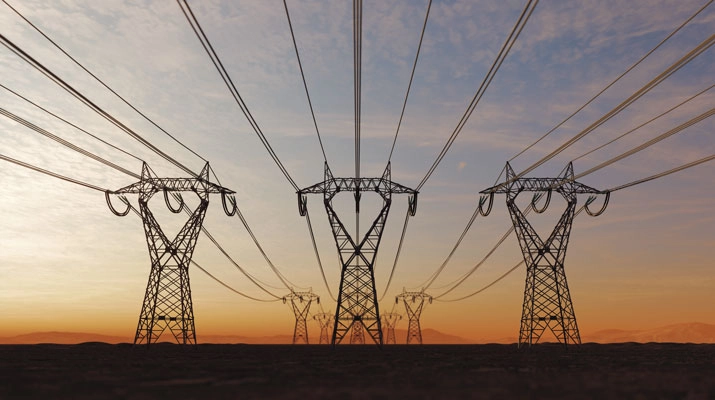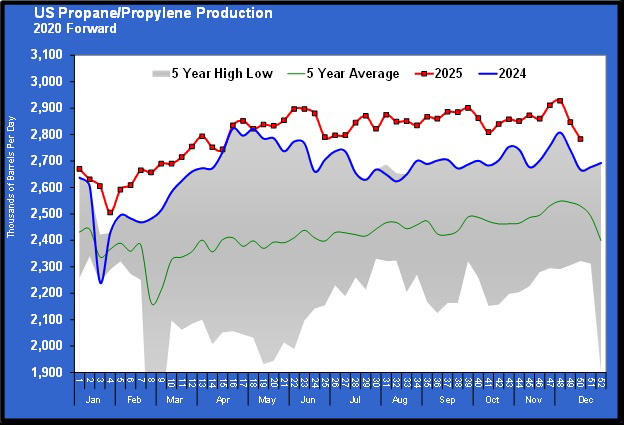DOE report reveals at-risk regions for power outages
The U.S. Department of Energy (DOE) released its report on evaluating U.S. grid reliability and security to identify at-risk regions and guide federal reliability interventions.

According to DOE, the analysis reveals that existing generation retirements and delays in adding new firm capacity will lead to a surge in power outages and a growing mismatch between electricity demand and supply, particularly from artificial intelligence (AI)-driven data center growth, threatening America’s energy security.
Highlights of the report:
⦁ DOE’s analysis shows that, if current retirement schedules and incremental additions remain unchanged, most regions will face unacceptable reliability risks within five years, and the nation’s electrical power grid will be unable to meet expected demand for AI, data centers, manufacturing and industrialization while keeping the cost of living low for Americans.
⦁ Grid growth must match the pace of AI innovation. Electricity demand from AI-driven data centers and advanced manufacturing is rising at a record pace. The magnitude and speed of projected load growth cannot be met with existing approaches to load addition and grid management.
⦁ With projected load growth, retirements increase the risk of power outages by 100 times in 2030. Allowing 104 gigawatts (GW) of firm generation to retire by 2030 – without timely replacement – could lead to significant outages when weather conditions do not accommodate wind and solar generation. Modeling shows annual outage hours could increase from single digits today to more than 800 hours per year.
⦁ The 104 GW of plant retirements are replaced by 209 GW of new generation by 2030; however, only 22 GW comes from firm baseload generation sources. Even assuming no retirements, the model found outage risk in several regions rises more than 30-fold, proving the queue alone cannot close the dependable-capacity deficit.
⦁ Traditional peak-hour tests to evaluate resource adequacy do not sufficiently account for growing dependence on neighboring grids. At a minimum, modern methods of evaluating resource adequacy need to incorporate frequency, magnitude and duration of power outages, move beyond exclusively analyzing peak load time periods and develop integrated models to enable proper analysis of increasing reliance on neighboring grids.
To read the full report from DOE, visit energy.gov.
Related Articles
Propane generators ease power outage anxieties
What is your personal or industry experience in the propane power generation space?
















